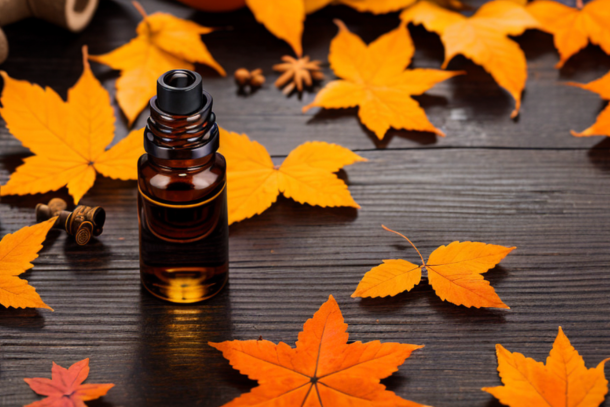What does ASMR stand for and what is an ASMR video?

ASMR stands for Autonomous Sensory Meridian Response and it refers to the tingling and calming sensations that are associated with the response to visual and audio stimuli. This sensation often starts at the top of your head and travels down your arms. This brings feelings of relaxation and can present people with the feeling of drowsiness.
However, this is not a feeling that everybody will experience. Whilst some react in this way, others do not experience these sensations. Although, that does not mean that everybody who experiences ASMR will react to the same type. Anyone can react to the following senses:
- sound
- smell
- touch
- see
When these sensations are experienced, it is often in connection with the feeling of relaxation, calmness, feeling sleepy and improved symptoms of anxiety.
Types of ASMR
Sounds - Sounds are a huge part of ASMR. This refers to the sensations of tingling that stems from sounds. Some popular ones are whispering, blowing, the tapping of fingers into objects, and typing on a keyboard. This is an audio stimulant where reported effects have suggested the lowering of heart rate, increased relaxation, and calmness as part of the experience.
Visuals - With visual ASMR the sensation is felt through visual stimulants. This is thought to be in connection with textures, where gentle hand movements come into contact with the object. This can be seen in soap cutting videos, slime and other ASMR trends, such as paint mixing.
Eating - Eating ASMR, sometimes referred to as a 'Muckbang', is the viral sensation where people eat into a microphone. This can be done by biting, chewing or drinking different types of food and beverages. This can also be considered as a visual stimulant if there is a visual aid within the audio content. This type of ASMR has become increasingly popular due to the positive effects of the videos. Whilst it can provide a state of relaxation for some, it provides others, even if they do not experience ASMR, with company whilst they eat alone.
Tactile - For some, the feelings of ASMR will only be experienced through touch. Whilst visual and audio are stimulating enough for some, others require a more physical element. This can include light tickling, having someone lightly scratch your back, and the feeling of having someone play or cut your hair.
Are there benefits to ASMR videos?
Research has suggested that watching ASMR content has encouraged them unwind and relax before needing to go to sleep. They also experienced less anxiety whilst experiencing ASMR. If nothing else, they provide a distraction from intrusive thoughts and feelings. It is also thought, but not proven, that ASMR at night can improve insomnia.
Are there negatives to ASMR videos?
There are people who experience the opposite effects to Autonomous Sensory Meridian Response and instead experience agitation from ASMR videos. The experience of listening to someone eat can also trigger negative emotional responses. ASMR videos have also gained a reputation and whilst people are definitely not alone in their liking of the videos, some people have a fear of admitting they have a response to such videos. Autonomous Sensory Meridian Response can often be misunderstood by those who do not experience it.
Will ASMR work for you?
As mentioned, not everyone will experience the sensations of Autonomous Sensory Meridian Response, but that does not mean that you cannot explore it for yourself. A trigger is a term that refers to the type of ASMR that causes the tingling feeling, and for everyone this will vary. To find your trigger, go through each of the different types of ASMR and see how you react to each. Doing this in a quiet environment is most likely the best method as you will be able to concentrate on your bodies response. For many users, they find the best outcome to be through the use of headphones or earphones. These allow you to listen to high-quality ASMR without other interruptions.
In recent times, Autonomous Sensory Meridian Response videos are easily accessed on a broad number of platforms such as TikTok, Instagram, and most commonly YouTube. If you are interested in exploring such videos, then there is plenty of online content where you can explore what triggers work best for you. However, it is always important to listen to you body. If you find yourself become irritated or annoyed by these videos, then it may be worth exploring a different trigger or to stop exploring ASMR altogether.
Related to this article are the following:
I do hope you have enjoyed this article and hope that you will subscribe to my newsletter so you can get the latest information about all things naturally relaxing.
Stay in touch, join the Naturally Relaxing Newsletter
Newsletter Signup
Post Your Comments
or post as a guest
Be the first to comment.
Latest articles in Relaxation

Capturing the Perfect Sunset: Tips and Techniques

The Benefits of Aromatherapy: Essential Oils for Relaxation

Embracing Calm: Innovative Ways to Relax in the New Year

Autumn Aromatherapy: Essential Oils for Relaxation

Embracing Autumn's Tranquillity: Finding Peace in the UK's Golden Season






